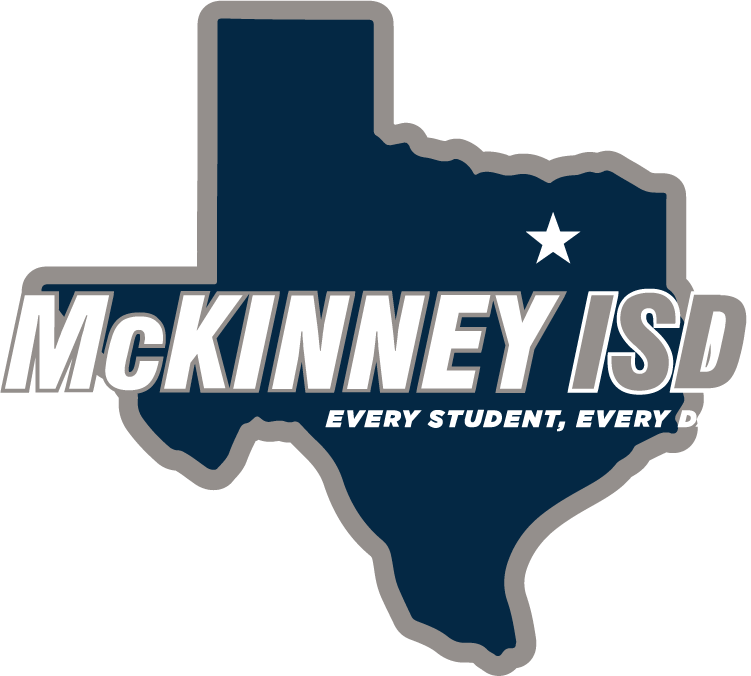Federal Programs
Federal Programs
The federal government supports public schools through several programs designed to give every student a fair chance to succeed. These programs are part of the Every Student Succeeds Act (ESSA) and provide funding and support to help meet the needs of students from all backgrounds. The major programs—Title I, II, III, and IV, along with McKinney-Vento and Foster Care provisions—work together to improve learning, strengthen teaching, support families, and ensure no child is left behind due to poverty, language barriers, housing instability, or other challenges.
Title I
Title I is the largest and most well-known federal education program. It provides extra funding to schools that serve a high percentage of students from low-income families. These funds are used for additional academic support, such as reading and math interventions. Title I also promotes family engagement by encouraging schools to partner with parents and provide opportunities to support their child’s learning at home.
Title II
Title II focuses on the people who teach and lead schools. Its goal is to improve the quality of instruction by funding professional development for teachers, principals, and school staff. This helps ensure educators are equipped with up-to-date strategies to help all students succeed, especially those who may need extra academic support. Title III supports English learners (ELs), helping them gain English proficiency while keeping up with their academic subjects. It also funds parent outreach services, so families of English learners can stay informed and involved. Title IV is designed to ensure students receive a well-rounded education in a safe and healthy environment.
Federal Protections
Two additional federal protections help students who face difficult life circumstances. The McKinney-Vento Homeless Assistance Act supports students who are experiencing homelessness—whether living in shelters, motels, or with other families due to loss of housing. It ensures these students can enroll, attend, and succeed in school, with services like transportation, school supplies, and access to counselors. Similarly, students in the foster care system receive support through ESSA provisions that ensure school stability, prompt enrollment, and collaboration between schools and child welfare agencies, so they can remain in the school that best supports their needs.
